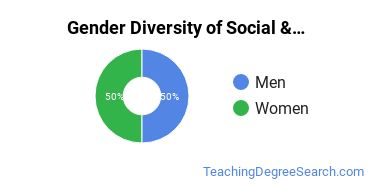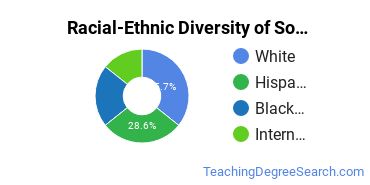Social & Philosophical Foundations of Education at Teachers College at Columbia University
Every social & philosophical foundations of education school has its own distinct culture and strengths. We've pulled together some statistics and other details to help you see how the social and philosophical foundations of education program at Teachers College at Columbia University stacks up to those at other schools.Teachers College is located in New York, New York and has a total student population of 4,547.
Want to know more about the career opportunities in this field? Check out the Careers in Social & Philosophical Foundations of Education section at the bottom of this page.
Teachers College Social & Philosophical Foundations of Education Degrees Available
- Master’s Degree in Social and Philosophical Foundations of Education
Teachers College Social & Philosophical Foundations of Education Rankings
There were 4 students who received their doctoral degrees in social and philosophical foundations of education, making the school the #12 most popular school in the United States for this category of students.
Social and Philosophical Foundations of Education Student Demographics at Teachers College
Take a look at the following statistics related to the make-up of the social and philosophical foundations of education majors at Teachers College at Columbia University.
Teachers College Social & Philosophical Foundations of Education Master’s Program

The following table and chart show the race/ethnicity for students who recently graduated from Teachers College at Columbia University with a master's in social and philosophical foundations of education.

| Race/Ethnicity | Number of Students |
|---|---|
| Asian | 0 |
| Black or African American | 1 |
| Hispanic or Latino | 3 |
| White | 5 |
| International Students | 4 |
| Other Races/Ethnicities | 1 |
References
*The racial-ethnic minorities count is calculated by taking the total number of students and subtracting white students, international students, and students whose race/ethnicity was unknown. This number is then divided by the total number of students at the school to obtain the racial-ethnic minorities percentage.
More about our data sources and methodologies.
